Hunter frigate bill hits $4.3bn before work starts
The cost of the navy’s troubled Hunter-class frigates will hit $4.3bn by the time work gets underway on the first ship, raising the stakes as the government considers the $45.6bn program’s future.
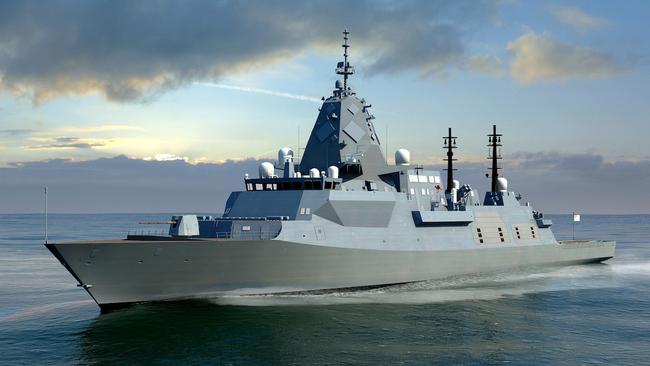
The cost of the navy’s troubled Hunter-class frigates will hit $4.3bn by the time work gets under way on the first ship, raising the stakes as the government considers the $45.6bn program’s future.
Defence will spend $411m more than anticipated on the British-designed frigates this financial year, according to new sunk cost figures released as the government prepares to unveil its long-awaited surface fleet review. The updated budget numbers come as the US cancels its next-generation attack helicopter program to focus on unmanned aircraft, raising questions over Australia’s planned $5bn Apache helicopter acquisition.
Amid criticism of Defence’s failure to acquire lethal unmanned systems, Defence Industry Minister Pat Conroy revealed on Friday that the ADF would get an armed drone within 10 months.
“We trialled and demonstrated armed drones last year and separately we are introducing into service an armed drone this year,” Mr Conroy said.
“I won’t go into details of the nature of that armed drone for security reasons, but I want to assure everyone in this country that we are spending lots of time working on drones with the potential to be armed.”
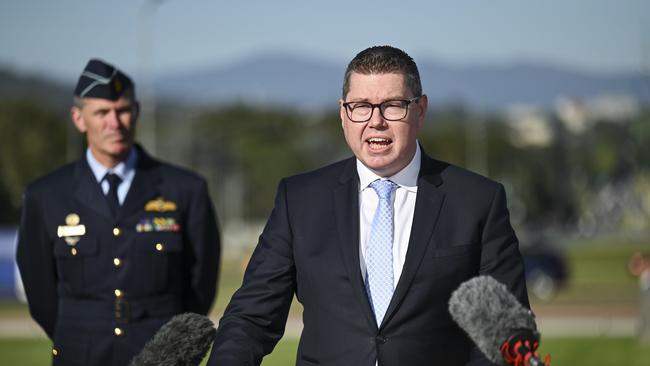
Mr Conroy also announced a $400m boost for the air force’s Ghost Bat drone program, to buy an extra three prototypes and develop the aircraft’s autonomous systems. But he revealed the $858bn developmental program was running late for its scheduled 2024-25 entry into service, and would take at least two to three years before it was ready for production.
The scramble to acquire unmanned systems comes as Defence Minister Richard Marles clashes with his department over its investment plan, which will require program cuts across the services to make way for new capabilities.
The surface fleet review, which is expected to be released around February 19, will set the broad parameters for the new capability plan because of the massive costs involved in rebuilding the navy.
The nine-ship Hunter-class frigate program is likely to be pared back, with the poorly armed Arafura-class offshore patrol boat program also facing a cut.
Defence’s revised budget estimates reveal the frigate program will have cost $3.8bn by the end of the financial year, plus $557m for infrastructure and related investments. The document also shows Defence is running behind schedule on planned upgrades to Top End air bases and military ranges in partnership with the US – a key element of the government’s new national defence strategy.

National Security College expert associate Jen Parker said if Australia was choosing a new large warship today, it would not be the Hunter, which has just 32 vertical launch missile cells compared to 96 on modern destroyers.
But cancelling the program was not the answer to the navy’s capability woes, she said, arguing it was more likely to be scaled back to six ships. “We are so far down the Hunter path, we can’t just abandon it,” Ms Parker said.
“But I don’t think we need nine 10,000-tonne frigates, which is almost 3000 tonnes larger than our current destroyer, but has remitted firepower.
“Six would give the navy enough anti-submarine warfare frigates to have probably two operational to support task groups at any one time, and use the savings in funding and workforce to acquire a different capability that has more firepower.”
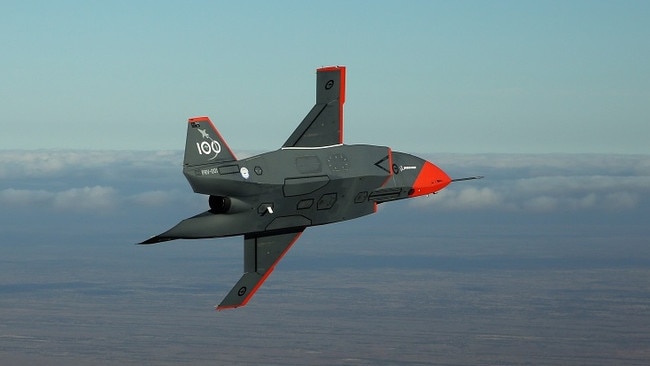
Work is due to begin on the first Hunter-class frigate in June. It is not due to enter service until at least 2032. Defence is under growing pressure as it prepares its new decade-long investment plan, with Mr Marles declaring this week his department had “a long way to go” before it could claim to have a “culture of excellence”.
The nightmare of Defence’s capability planning task was dramatically underscored on Friday by the US Army’s decision to cancel its Future Attack Recon Aircraft program. “We are learning from the battlefield – especially in Ukraine – that aerial reconnaissance has fundamentally changed,” US Army chief of staff General Randy George said. “Sensors and weapons mounted on a variety of unmanned systems and in space are more ubiquitous, further reaching, and more inexpensive than ever before.”
The decision comes as the Australian Army prepares to spend $5.1bn on 29 Apache helicopters to replace its European-made Tigers.
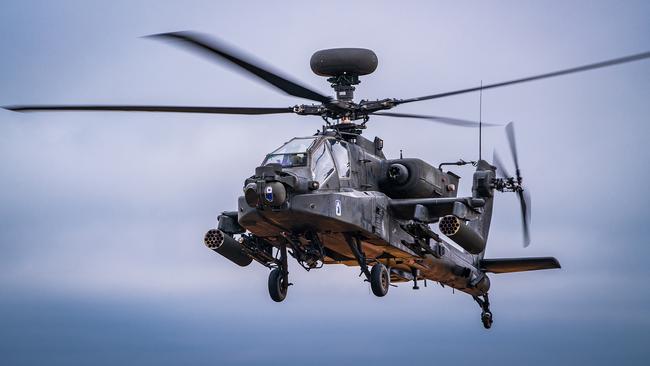
Former Defence official Marcus Hellyer said the US decision “shows what a debacle our Defence Department’s integrated investment program is”. “The US is basically saying crewed attack helicopters are inconsistent with the future of warfare,” Dr Hellyer said.




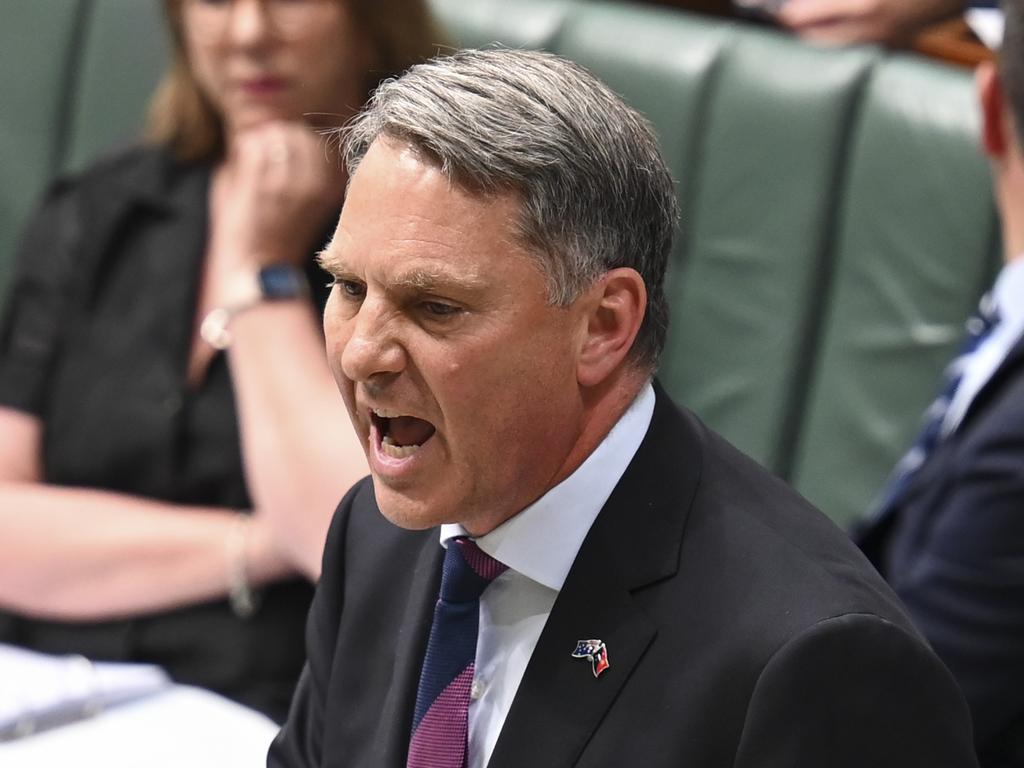


To join the conversation, please log in. Don't have an account? Register
Join the conversation, you are commenting as Logout